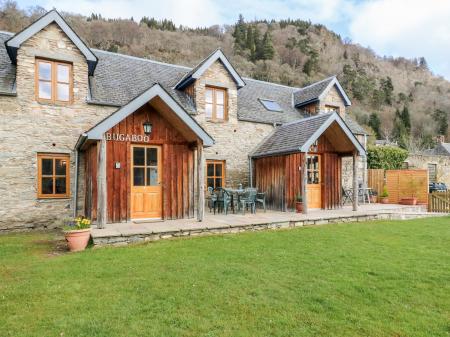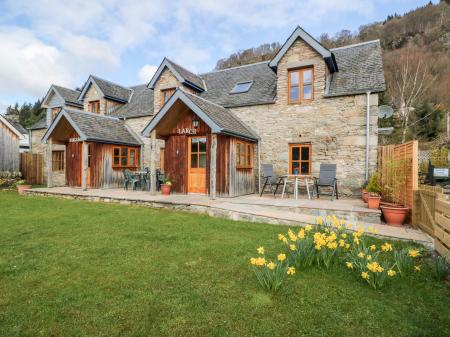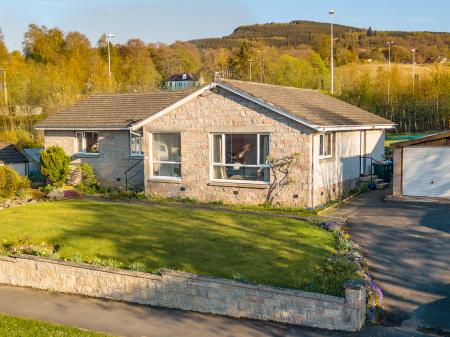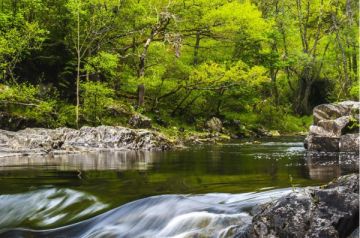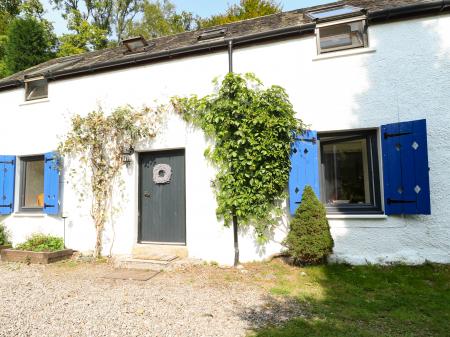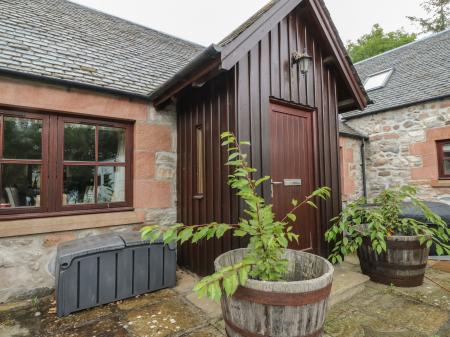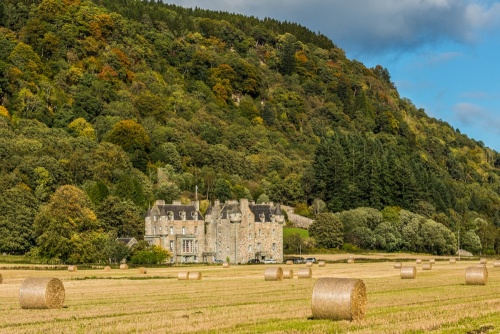
History
Castle Menzies was begun in the 16th century by the Menzies of Menzie. It remained the Chief's seat until 1918 when the last direct descendant died. In the 18th century, the castle was extended with a range of additional apartments, and a new west wing was added in 1840. When the Menzies Clan Society acquired the building it was in a dilapidated state.
The north wing had to be pulled down before it collapsed, but the rest of the castle is essentially as it was built. The original main entrance is to the left as you face the castle, with the marriage escutcheon of James Menzies and Barbara Stewart over the door, dated 1571.
High above the 1840 main entrance is a royal coat of arms to Mary, Queen of Scots. Behind the castle are the original walled gardens, now in the process of being restored.
The castle is centred on a central block with corner towers at diagonally opposite ends. The visitor tour begins with the 16th-century kitchens, with its original cooking hearths, slops sink, and baking oven. Off the kitchen is a larder, but it is the first larder I've ever seen with gunports built into the wall! There are more gunports in the storerooms and passage; a clear indicator that the Menzies were expecting trouble and were determined to be prepared for it.
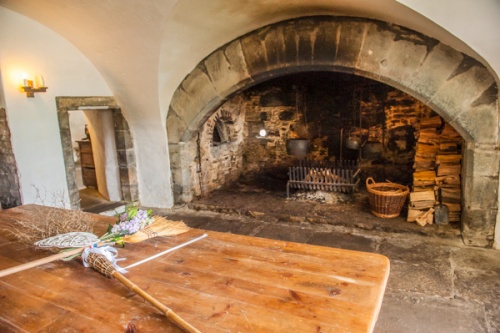
The original castle entrance is on the far side of the storerooms and is defended by an impressive iron yett, or gate, with a handy guardroom beside the entrance. Stairs lead up to the Great Hall, with beautiful 18th-century panelling disguising the ancient origins of the room.
The walls are lined with portraits of the Menzies family, and at the far end of the Hall is the Clan Chief's Chair. The chair was made in Italy in the early 16th century and served successive clan Chiefs since then.
From the Great Hall, you pass through to the Withdrawing Room, with a lovely plasterwork ceiling and Victorian panelling.
Prince Charlie's Room
Prince Charles Edward Stuart, better know to history as Bonnie Prince Charlie, stayed at Castle Menzies in February 1746 on his way to the Battle of Culloden where his hopes of seizing the crown finally died. The bedchamber where the prince stayed has been preserved. The bed is not the same but is in the same style that the prince would have known.
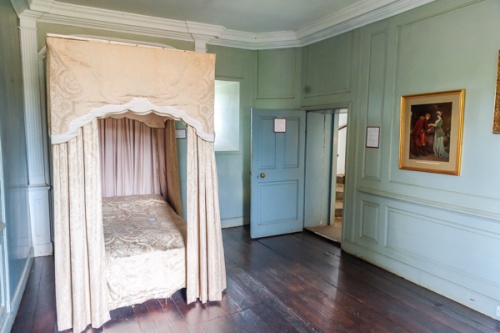
On the second floor is the Main Living Room, the private residence of the laird and his family. The walls are decorated with 18th-century panelling and the plasterwork ceiling is a reproduction of the original. On display in the Living Room are clan artefacts and the death mask of Bonnie Prince Charlie.
Stairs rise again to the third floor, revealed as a 16th-century long gallery with angled turrets at the corners. Look for pistol shot holes under the eaves.
Visiting
Castle Menzies is a fascinating place to visit; it is exciting to see a historic house in the process of restoration, seeing the original 16th-century house gradually revealed. The location is wonderful, and the castle is well worth exploring.
You can get keys from the reception desk for the Old Kirk of Weem, just east of the castle in Weem village. The Old Kirk was built in the 15th century by Sir Robert Menzies on the site of an early medieval church. It is now the Menzies Mausoleum and holds a wonderful collection of family tombs, funeral hatchments and ancient crosses.
Immediately east of the castle and reached from the castle drive is Weem Forest. The forest was planted in the 19th century to provide a scenic backdrop to the castle. A circular footpath leads through Weem Forest to St David's Well, a holy well on the site of a 7th-century oratory established by St Cuthbert. The Well is named for Sir David Menzies, who gave up his worldly life to become a Cistercian monk at Melrose before serving as rector of the kirk in Weem. He retired to live out his days as a hermit under the Rock of Weem.
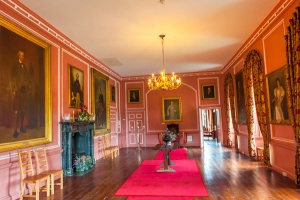
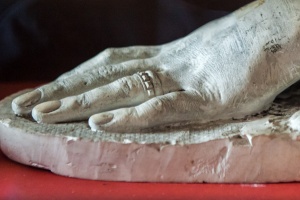
Queen of Scot's hand
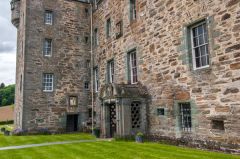
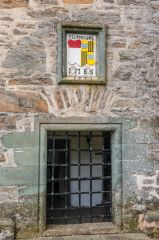
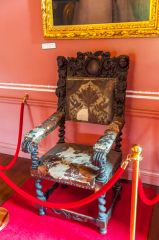
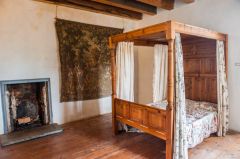
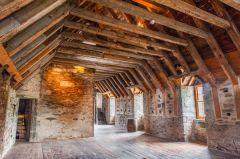
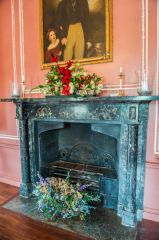
 We've 'tagged' this attraction information to help you find related historic attractions and learn more about major time periods mentioned.
We've 'tagged' this attraction information to help you find related historic attractions and learn more about major time periods mentioned.